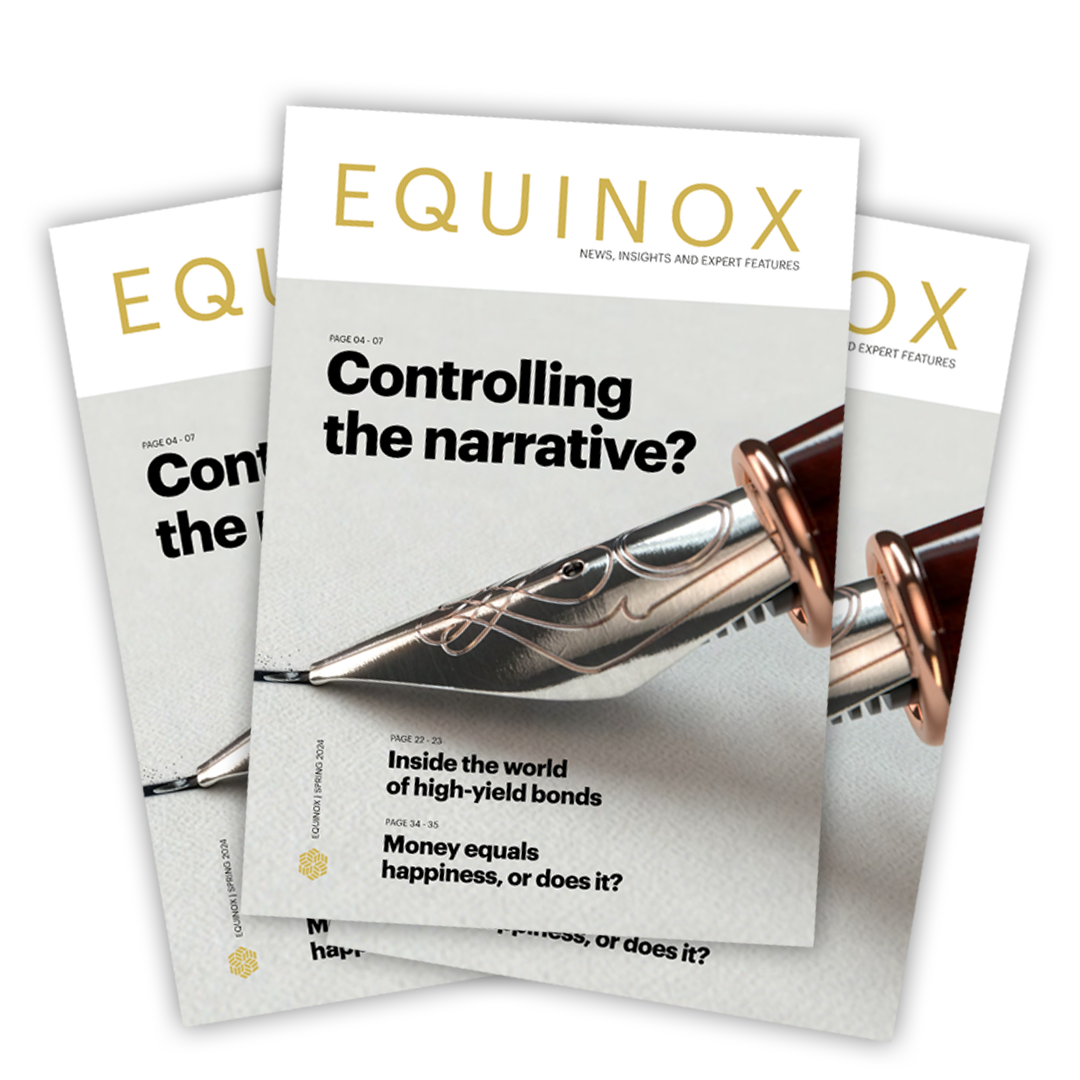As humans, we are all subject to cognitive biases. They are hardwired shortcuts that have helped us survive and thrive as the dominant species on the planet. But these shortcuts can also potentially lead to poor investment decisions.
Recency bias is a type of cognitive bias where people make conclusions with greater emphasis on recent events. It can frequently lead people to make emotional decisions based on recent or short-term outcomes, possibly neglecting the rational aspects of the situation or assuming the expectation that those events will continue.
As a result, recency bias can lead people to make short-term financial decisions which are incompatible with their long-term financial goals.
Raining cats and dogs
I’m 32 years of age. During my lifetime there have been 6 bear markets (when equity markets fall more than 20%).
On average, investors should expect to see a bear market every 5 years. The mathematicians among you will be doing the calculations – 6 into 32 is around one every 5 years. The problem with averages is they don’t always give you the full picture.
I became a financial adviser in October 2017. Since then, there have been 3 of those 6 bear markets. In other words, 50% of the bear markets in the last 32 years have occurred in the last 5 years.
The superstitious among you might be getting in touch to swap financial advisers but it’s safe to say that the past 5 years have been a particularly volatile period – it’s been raining cats and dogs.
It isn’t always raining!
The problem with recency bias in investments is that “recent events” can cover a much longer period than we would usually consider in other aspects of life. For example, the short term in investing can be anywhere from 6 months to 2 years. The long-term in investing can be over 10 years or more.
In theory “recent events” could actually cover the full 5 ½ years I’ve been a financial adviser!
It’s therefore important to remember that it isn’t always raining.
I recently came across the first presentation I delivered to clients when I started advising in October 2017. It was titled “Risk – it never really goes away!”
Given what has happened since it’s hard to believe clients wanted to take more risk back then.
- For those who may have forgotten: The S&P 500 witnessed the longest streak without a 3% correction in its entire history – 243 days – whilst setting new record highs. (Source: Business Insider)
- 2017 saw the lowest maximum drawdown on record (indicating that losses from investment were small) – the largest loss an investor could have made is 3-4%. Similarly, the FTSE All Share tied its 1993 and 1995 records for the lowest drawdown. (Source: Trustnet)
- CNN’s Fear & Greed index was running at 95/100 indicating “extreme greed.” In other words, market sentiment was extremely optimistic, and stocks were likely overbought. (Source: CNN)
- Market volatility – measured by the VIX index – was as low as it had ever been over the previous 20 years. (Source: Financial Times)
What could have been perceived as “bad news” for markets, such as geopolitics, Quantitative Easing withdrawal and the reversal interest rate, was being completely ignored.
Safe to say, it was hot in 2017. And market sentiment was euphoric as investors chased and compared returns. So, instead of providing a brolly to my clients at the time, I was telling them to put on some suncream and get in the shade.
When life gives you a rainy day, play in the puddles.
It is almost impossible to avoid recency bias, in the same way it’s impossible to avoid the highs and lows of the stock market. However, we can save ourselves from making bad decisions due to recency bias by taking some simple measures.
- Don’t be surprised by the expected.
Stock markets work in cycles. There are periods of ups and downs. Over the next 30 years, you can expect to experience another 6 bear markets (on average).
- Remember that the downturns are temporary.
The average length of a bear market is 292 days or about 9.7 months. That’s significantly shorter than the average length of a bull market which is 992 days or 2.7 years.
- Always ask yourself “what if I’m wrong?”
No one will be right 100% of the time. Outperformance comes from being right more than you’re wrong and – more importantly – making more money when you’re right and losing less when you’re wrong.
- Ignore the noise.
Turn off the press (or limit it slightly). I’ll be touching on this in more detail next month but ignoring the noise can be one of the strongest tools for avoiding recency bias.
- Keep your eye on the horizon.
Prepare ahead of time. Your life plan is divided into short, medium, and long-term goals and so should your investment portfolio. Always keep in mind the horizon when plotting a course through stormy weather.
This blog is intended as an informative piece and should not be construed as advice. If you have any further questions, please don’t hesitate to contact us. If you’re a client you can reach us on 0161 486 2250 or by getting in touch with your usual Equilibrium contact. For all new enquiries please call 0161 383 3335.
Past performance is for illustrative purposes only and cannot be guaranteed to apply in the future.
Sources
Business Insider – The stock market just made history
CNN – Fear & Greed Index
Financial Times – Slumbering volatility the market surprise for 2017
Trustnet – Top-performing multi-asset funds that have minimised short-term losses



